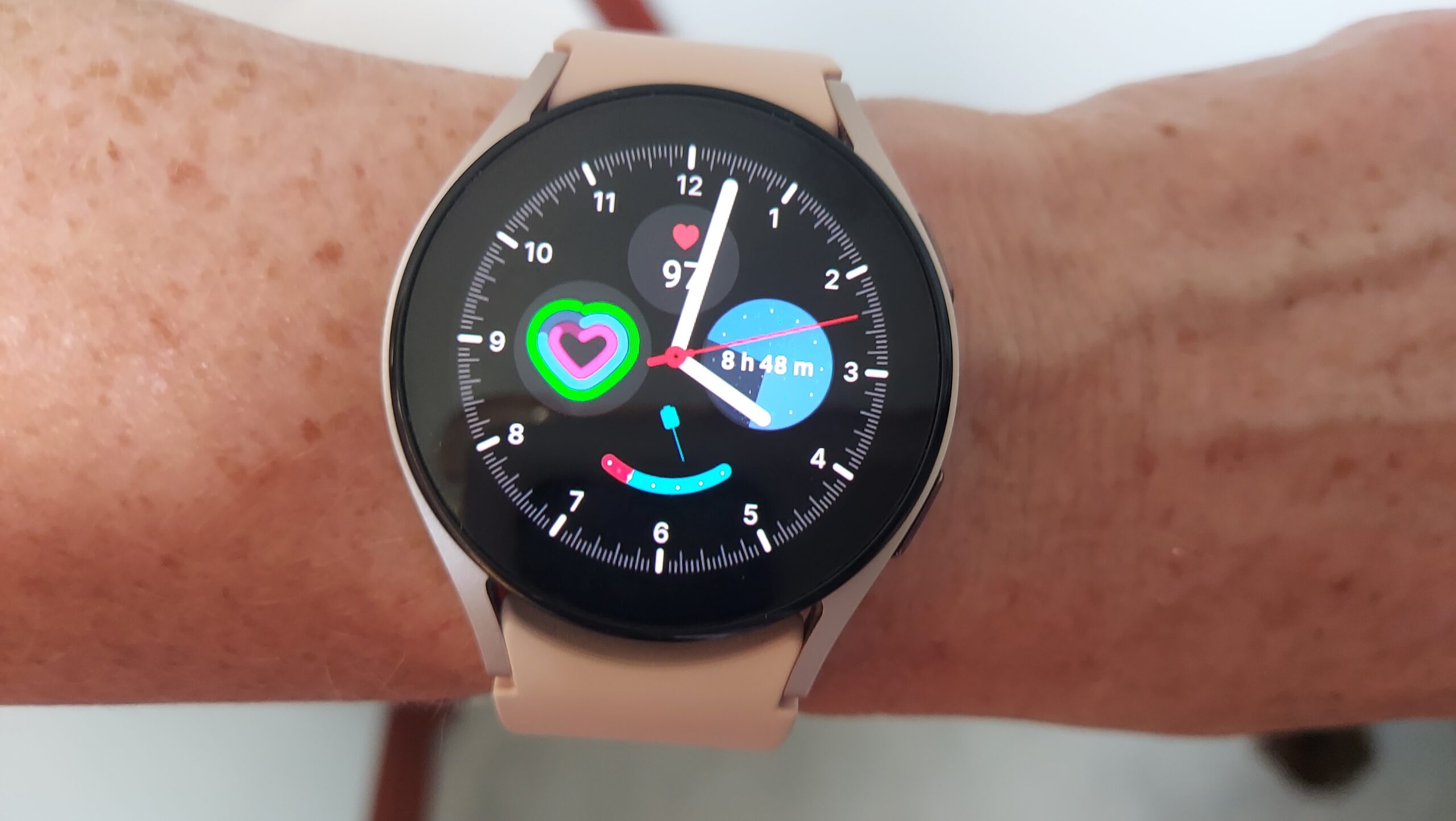Introduction:
The integration of wearable devices into the healthcare sector offers an opportunity to rethink treatment pathways, shifting significant aspects of patient care from hospitals to home settings or primary and community care facilities. This transition is particularly beneficial for individuals over the age of 65, who often face mobility challenges and other age-related conditions.
Potential of wearable technology:
Recent studies underscore the transformative potential of wearable technologies in healthcare. Wearable devices not only facilitate continuous health monitoring but also enhance patient management and disease prevention, particularly among the elderly (Ref: Wearable Technology Applications in Healthcare; M Wu et al.) These devices, ranging from fitness trackers to advanced sensors, monitor vital signs and physical activities, providing real-time data that can pre-emptively alert healthcare providers to potential health issues.
Impact on treatment pathways:
Integrating wearable technology can drastically alter treatment pathways, allowing for more efficient resource allocation and reducing the need for hospital visits. For instance, devices that monitor heart rate, blood pressure, and other vital signs can help manage chronic conditions like diabetes and heart disease from a distance. This not only improves the quality of life for patients but also reduces the strain on healthcare facilities through preventable hospital admissions (Ref: A review of wearable technology in healthcare: Monitoring patient health and enhancing outcomes; EP Adeghe et al.)
Challenges for the elderly:
Adopting wearable technology in an ageing population presents unique challenges. Many older adults struggle with technological interfaces due to physical limitations such as poor mobility and arthritic hands, in addition to potential cognitive impairment. Therefore, the design of wearable devices must prioritise ease of use, with large, clear interfaces and simple, intuitive controls. Devices must be lightweight, comfortable, and easy to wear, with features like voice commands or one-touch buttons to accommodate users with limited manual dexterity.
User-friendly innovations:
The development of user-friendly wearable technology is essential for its successful adoption by older adults. Innovations might include adjustable straps for easy wearability, voice-activated functionality to minimise physical interactions, and automatic syncing capabilities that reduce the need for manual setup. Educational initiatives can empower older adults to use these technologies effectively, building their confidence and competence in managing their health independently.
Integration with existing healthcare infrastructure:
For wearable technology to be effectively integrated into the UK healthcare system, it must align with existing digital infrastructures and interoperability standards. This alignment ensures that data collected by wearable devices can be seamlessly incorporated into electronic health records, enhancing the continuity of care across different healthcare providers. Pay attention to the move towards openEHR, which will be unavoidable for new technologies.
Conclusion:
Wearable technology could be part of a transformation of healthcare for the UK’s ageing population, enabling more patients to be treated and monitored effectively at home or in community settings. By redesigning treatment pathways to incorporate these innovations, the healthcare system can deliver more patient-centred, efficient, and effective care. However, the success of this integration relies heavily on the technology being accessible and user-friendly for staff receiving the data and the elderly wearing the technology, ensuring that the benefits of wearable devices are fully realised without adding complexity to their lives.
Call to action:
As we move forward, it is crucial for healthcare providers, technologists, and policymakers to collaborate closely to drive the adoption of wearable technology. By focusing on user-friendly design and comprehensive education for older adults, we can ensure that wearable devices become a cornerstone of proactive healthcare, ultimately leading to better health outcomes and enhanced quality of life for our elderly population. All of this requires active patient and public involvement and engagement (PPIE) right from the start of product development. Engaging with patients, carers and NHS stakeholders means that you don’t end up creating a fabulous new wearable that no one wants to wear or use the associated software.
If you’d like to know more, please don’t hesitate to contact us.



